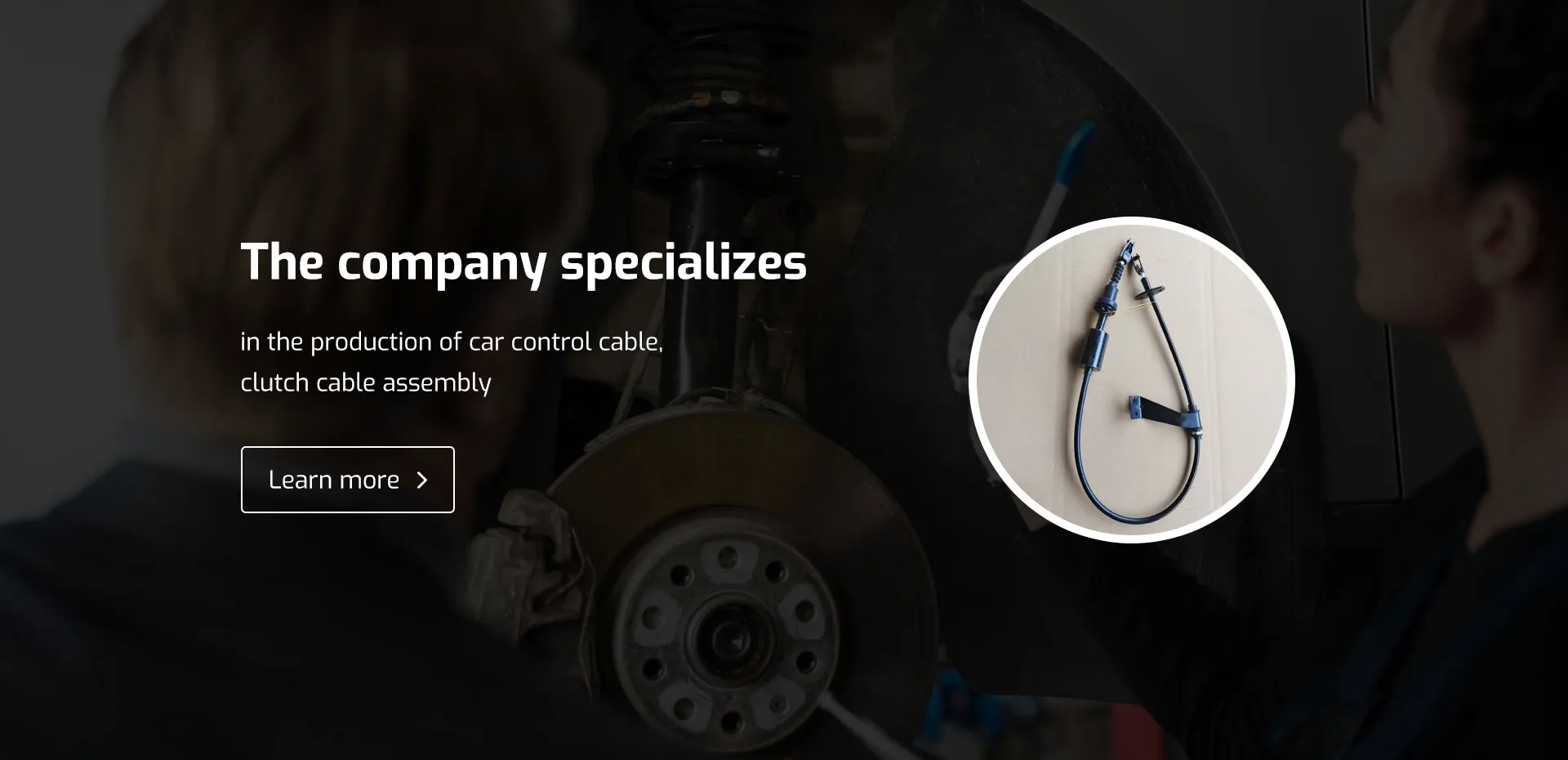Understanding the Importance of Throttle Cables in Vehicle Performance and Maintenance Techniques
Understanding Throttle Cables An Essential Component in Automotive Performance
Throttle cables play a crucial role in the operation of vehicles, especially those powered by internal combustion engines. These cables are responsible for connecting the accelerator pedal to the throttle body, directly influencing the performance and responsiveness of a vehicle. As automotive technology advances, understanding the intricacies of throttle cables becomes increasingly important for both enthusiasts and everyday drivers.
At the core of a throttle cable’s function is its ability to transmit the driver's input from the accelerator pedal to the engine's throttle mechanism. When a driver presses down on the accelerator, this action pulls the throttle cable, which opens the throttle valve. This valve controls the air and fuel mixture entering the engine, ultimately dictating how much power the engine generates. The response time and efficiency of this process can significantly affect a vehicle's acceleration and performance.
Throttle cables come in various designs, typically categorized into two types mechanical and electronic. Mechanical throttle cables are the traditional form, relying on a direct physical connection between the pedal and the throttle body. This simple system tends to provide immediate feedback to the driver, enhancing the driving experience through a more direct connection to the engine’s power output.
On the other hand, electronic throttle control (ETC) systems have become increasingly common in modern vehicles. ETC replaces the traditional throttle cable with electronic sensors and actuators, allowing the vehicle’s computer to manage throttle responses more precisely. This approach can result in improved fuel efficiency, reduced emissions, and enhanced driving safety through features such as traction control and adaptive cruise control. However, this system can sometimes lead to a feeling of disconnect for drivers who prefer the tactile feedback of a mechanical system.
throttle cable

Regardless of the type, throttle cables can experience wear and tear over time. Factors such as temperature fluctuations, exposure to elements, and frequent use can lead to fraying, stiffness, or even complete failure of the cable. Symptoms of a failing throttle cable may include unresponsive acceleration, erratic engine behavior, or a stuck accelerator pedal. Regular maintenance, including inspections and adjustments, is vital for ensuring the longevity and performance of throttle cables.
Moreover, it's important to consider that throttle cable adjustments can influence driving dynamics. In racing or performance applications, fine-tuning throttle response can yield significant competitive advantages. Tuners often use aftermarket throttle cables designed to reduce slack and enhance responsiveness, providing drivers with a more immediate connection to their vehicle's powertrain.
The importance of throttle cables extends beyond performance. They are integral to safety systems within vehicles. A malfunctioning throttle cable can lead to critical driving situations, making it imperative for drivers to be aware of their vehicle’s condition. Regular checks, especially in older vehicles or those used in demanding conditions, can prevent dangerous scenarios and ensure optimal performance.
In conclusion, throttle cables are fundamental components that greatly influence how a vehicle responds to driver inputs. Whether through traditional mechanical systems or modern electronic controls, understanding their operation and maintenance is essential for anyone invested in automotive performance. Regular inspections and timely replacements can not only enhance performance but also ensure the safety and reliability of vehicles on the road. As automotive technology continues to evolve, throttle cables will remain a key aspect of driving dynamics, underscoring their importance in both everyday driving and high-performance applications.
-
Upgrade Your Control with Premium Throttle CablesNewsAug.08,2025
-
Stay in Control with Premium Hand Brake CablesNewsAug.08,2025
-
Experience Unmatched Performance with Our Clutch HosesNewsAug.08,2025
-
Ensure Safety and Reliability with Premium Handbrake CablesNewsAug.08,2025
-
Enhance Your Vehicle with High-Performance Clutch LinesNewsAug.08,2025
-
Elevate Your Ride with Premium Gear CablesNewsAug.08,2025
